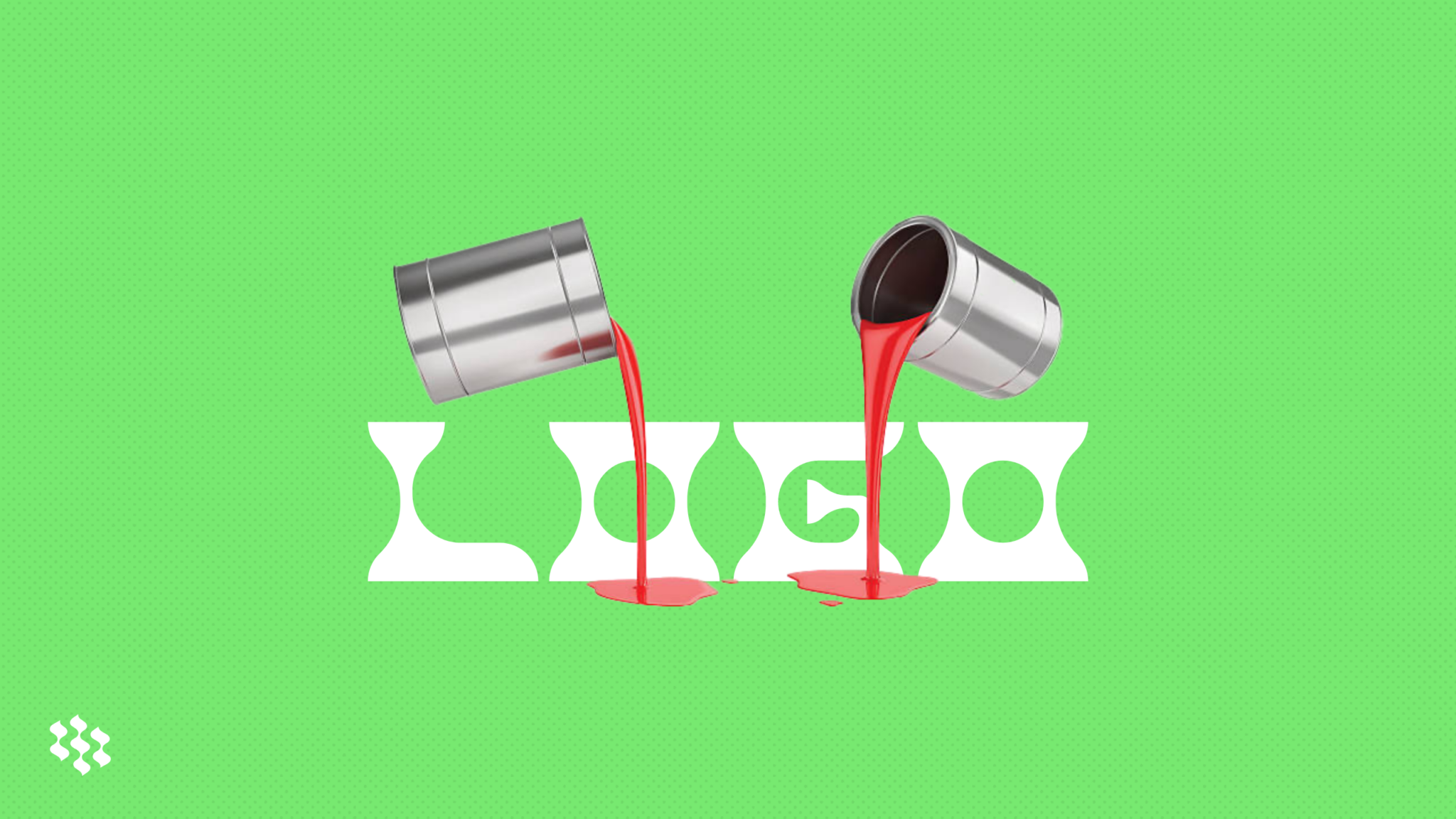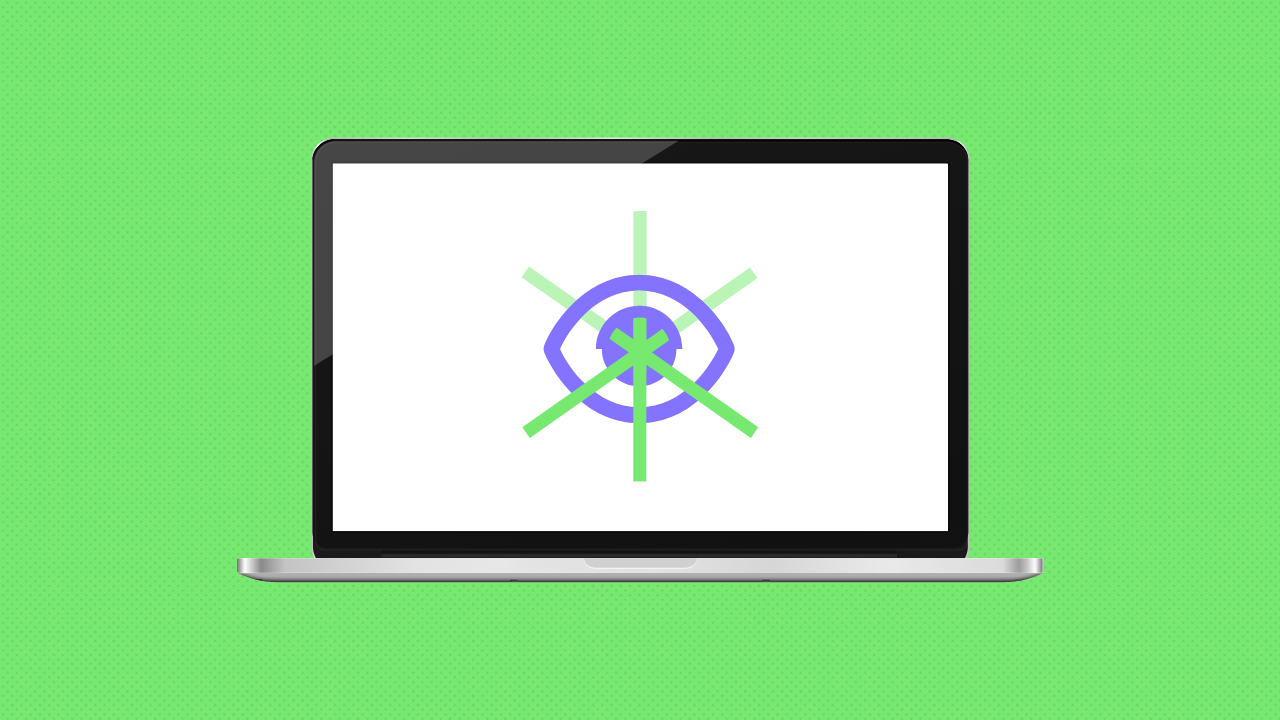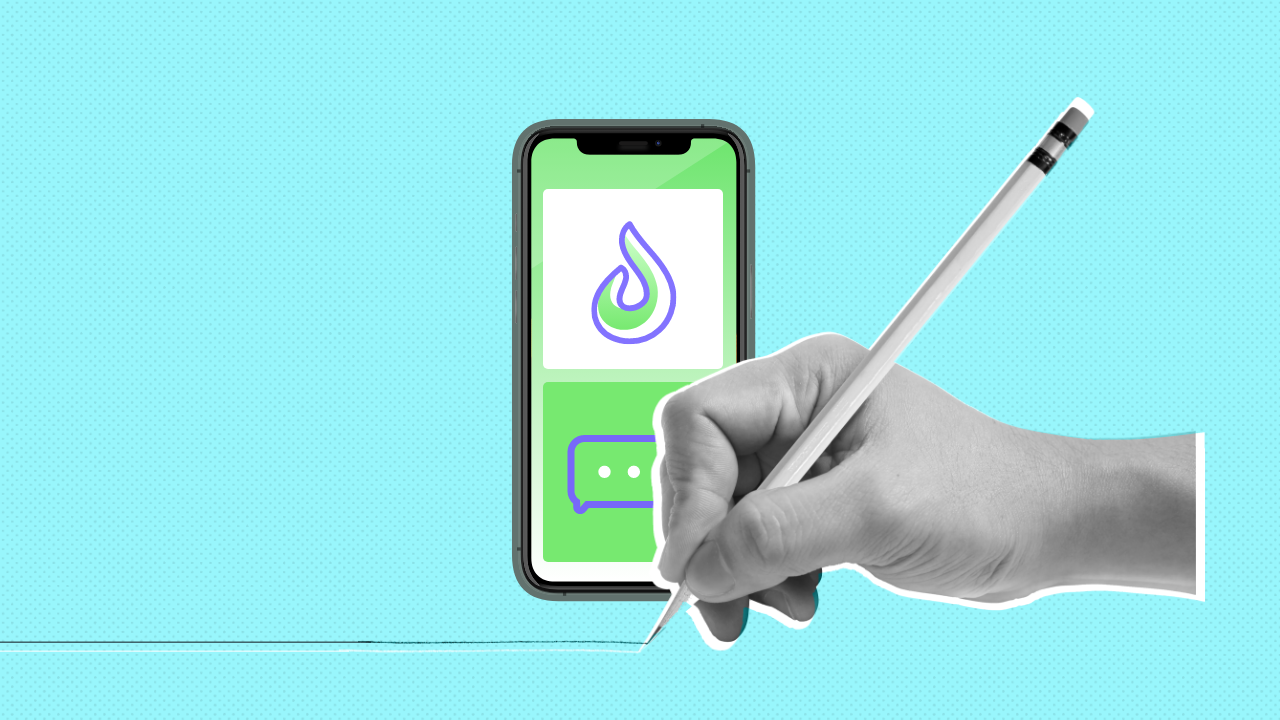Designing a logo isn’t a simple task, and even experienced designers face the challenge of creating an attractive and functional one. It’s a time-consuming process that involves a lot of research, skill, and planning, which is why It is unlikely that the nephew of the CEO will deliver satisfactory results.
Even if you are a skilled designer, it’s possible to make mistakes that harm the logo design process and the final product. So, it is crucial to understand what to avoid from the beginning.
The 10 Biggest Mistakes in Logo Design
If you’re designing a logo and need help, we have plenty of experience and can guide you in avoiding common mistakes. Check out our tips and tricks to overcome design hurdles whether you’re starting from scratch or feeling stuck with your current design.
1) Not Following an Intuitive Process
If you ask your team to brainstorm ideas without any specific guidelines or criteria, you may end up with too many or too few ideas. Likewise, if you ask them to choose an idea without any set standards or reasoning, it could be difficult to narrow down the options and lead to unproductive iterations.
Having a clear and intuitive process for creating a successful logo is essential in order to avoid confusion and stress for everyone involved, including the project manager and designer.
Try This:
Not sure where to start? Check out our article: How to Create a logo
2) Confusing Your Terminology
If you want any creative project to go smoothly, you need everyone to be on the same page and speak the same language. It’s important to use the right terminology.
Try This:
To better understand logo design, it’s important to know the definitions of logomark, wordmark, and combination mark. While “logo” is often used interchangeably, these terms have specific meanings.
Logomark: The image that represents a brand (e.g., Nike’s swoosh or Apple’s apple). For Kelp, it’s this:

Logotype/wordmark: A brand name in a styled font (e.g., Coca-Cola’s elaborate script or Gucci’s clean font).

Combination mark: Both the image and the styled brand name together (e.g., Puma).

It is more common for companies to have all three types of logos – wordmark, symbol, and combination mark, for the sake of flexibility and versatility. When people refer to a “logo,” they usually mean a combination mark.
3) Not Doing Enough Research
Effective logo design involves communicating a brand’s identity through visual representation. It is crucial to have a thorough understanding of the brand you are designing for and what it represents. The more familiar you are with the brand, the better you can create a logo that accurately captures its essence.
Designers who are new to the industry or brands that act in haste may begin brainstorming without getting adequate education about the brand. As a result, the logo created is often weak and does not truly capture the essence or identity of the brand.
Try This:
To enhance your knowledge about your brand, conduct a comprehensive brand audit survey that explicitly defines your brand’s goals and objectives. With this information, you can create a compelling creative brief to ensure your team is united. Remember to specify the type of logo you need in your brief as stated in point 2.
4) Creating Your Logo Design in Color (First)
A strong logo should be able to stand on its own, even without the use of color. Although color is important, beginning with it can hinder the ability to evaluate the strength of the design. Additionally, effective designs may be overlooked simply because of a person’s negative reaction to a particular color.
Try This:
To ensure your logo really works, design it in black and white first. This will help you narrow down your designs (as you will likely have multiple options). Then, when you are ready to work with color, follow our tips to choose the right colors for your brand.
The images displayed show the progression of the logo we created for Abide. We initially created black-and-white sketches which served as a foundation for our subsequent designs until we arrived at the final version.
5) Using the Same Typography for Your Wordmark and Brand Content
If you want your wordmark to accurately represent your brand’s visual language, it’s important to use a simple and clean typography but avoid using an unaltered typeface such as Montserrat in 24 point size. Your wordmark should stand out and be distinctive to make it unique to your brand.
Try This:
Customization is essential for the typeface you select as the inspiration for your brand. It should complement your wordmark, but not as it is chosen, and some modification is required.
6) Using Generic Imagery
It is important to avoid using generic imagery as it can make your brand less memorable. Symbols such as hands shaking to represent community or a lightbulb to represent great ideas are overused and should be avoided.
Try This:
When designing a logo, the goal is to choose something that accurately represents your brand rather than something abstract. While symbolism can still be utilized, it’s important to be imaginative and select elements that resonates with your brand on a personal level.
We created a new visual identity for US Labels, including barcodes that generally get included in most of their clients finished products.

7) Using Inappropriate Imagery (Without Realizing It)
Design details are crucial because they can either enhance or hinder brand messaging. Creative use of shapes and white space can effectively reinforce brand messaging. However, some logo designs unintentionally convey the wrong message, such as shapes that resemble genitals or inappropriate symbols hidden in white space.
Try This:
We suggest getting feedback from someone with a fresh perspective when working on a project to avoid overlooking any problems. The hidden arrow in the FedEx logo, visible in the white space between the E and X, is a good example of this concept.

8) Making an Inflexible Logo
To ensure versatility, your logo will need to work across various mediums and sizes, including print and online, as well as smaller formats like website favicons. If the design is overly complex, it may not accurately render at smaller sizes. However, if it’s too generic, it may fail to stand out. It’s important to create a logo that is future-proof and adaptable to any future use cases as your brand evolves.
Try This:
To see how well your logo works, design mockups for both web and print formats. Logo Design Love has great examples for inspiration. No new information or facts were added in the rewrite.
9) Losing Your Individuality to the Collective Mind
To create a unique logo, you should avoid getting influenced by design trends or industry standards, even though it can be tempting. Recently, several industries have become too similar in their logo designs.
Try This:
Make sure your designers can explain how each element and aesthetic decision supports your brand goals as you aim to overcome communication issues.
10) Not Providing Logo Guidelines
One of the common mistakes made by rookies is creating a stunning logo design but allowing others to use it in any manner. It can harm your brand’s reputation.
Try This:
To preserve your brand’s integrity, create a document that includes guidelines for your logo. 🙂
Don’t forget: Your visual identity involves more than just your logo.
While your logo may be the most recognizable element of your visual identity, there are many other ways to communicate who you are and what you’re about. For more tips on creating a strong brand:
- Complete your brand strategy to make sure your visual identity aligns with your brand goals.
- Follow these tips to design a strong brand identity, and use our checklist to design a comprehensive visual identity.
- Use our free messaging template to create a tagline, value prop, and messaging pillars that tell a consistent, cohesive story.
- Learn how to tell a strong brand story through your content.
Of course, if you’re stuck or short on time or resources, we’re happy to chat about how we can help.




Leave a Comment